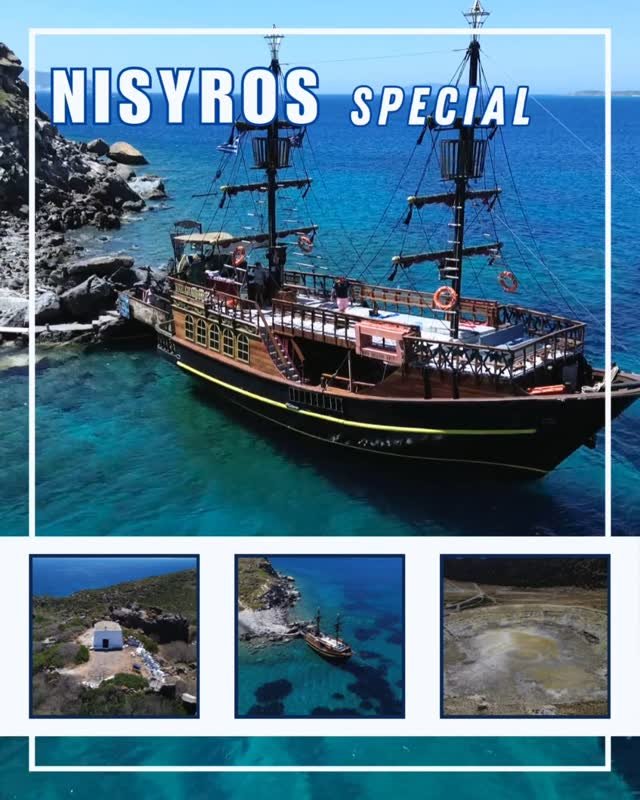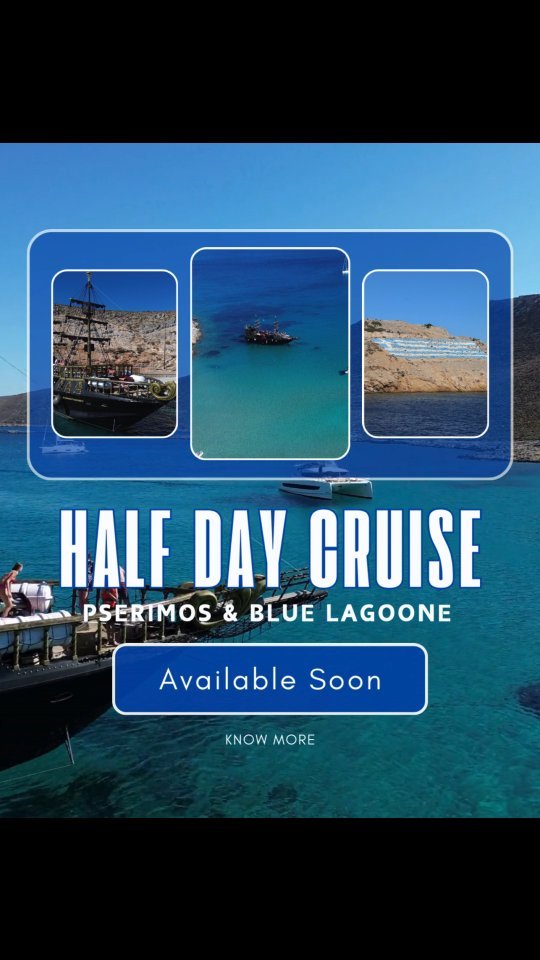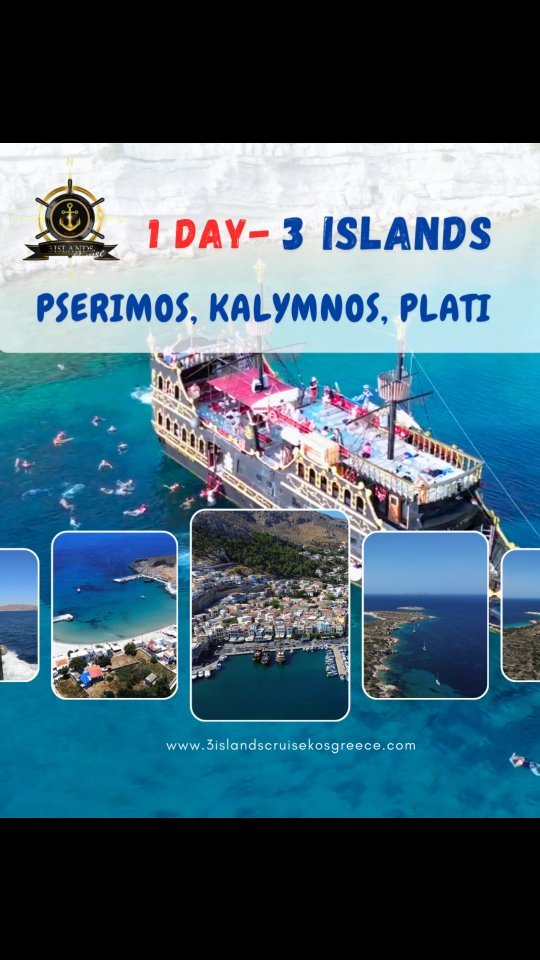The Dodecanese archipelago, located in the southeastern Aegean Sea, consists of twelve main islands and numerous smaller ones. Among these, Kos stands out as the second largest in size and one of the most vibrant, known for its scenic landscapes, rich cultural traditions, and impressive historical monuments. In this guide, we explore what makes Kos a must-visit destination for travelers wanting to discover the heart of the Dodecanese.
A Bit About the Dodecanese and the Importance of Kos
The name “Dodecanese” means “twelve islands” in Greek, and this archipelago is known both for its natural beauty and historical significance. Each island has unique characteristics, and Kos is particularly notable for its size, tourist attractions, and cultural role. In terms of area, Kos is second only to Rhodes, and it is a lively island with a rich blend of history and modernity.
Kos also boasts a long history, with influences from ancient civilizations like the Greeks, Romans, and Byzantines. It is also known as the birthplace of Hippocrates, considered the father of medicine, adding an extra historical charm to the island.
Top Attractions in Kos
Kos offers a variety of attractions, from white sandy beaches to well-preserved historical monuments. Here are some of the top attractions that make Kos such a special destination:
- Neratzia Castle
Located at the harbor of Kos, Neratzia Castle was built by the Knights of St. John and provides a fascinating glimpse into medieval architecture. Overlooking the sea, the castle is an excellent spot to learn about Kos’s strategic importance throughout history. - Tree of Hippocrates
One of Kos’s most symbolic landmarks, the Tree of Hippocrates is where, according to legend, Hippocrates himself taught medicine to his disciples. The tree, located in the center of Kos, is a significant historical and cultural spot that celebrates the legacy of Western medicine. - Asclepeion of Kos
The Asclepeion is an ancient healing center dedicated to the Greek god of medicine, Asclepius. It’s one of the island’s most important archaeological sites and was a place of learning and healing in ancient times. Overlooking the sea, this tranquil site is a fascinating place to explore. - Paradise Beach and Southern Beaches
Known for its crystal-clear waters, Paradise Beach is one of the most popular beaches on Kos. The island has beaches for all tastes, from calm bays to more bustling and popular spots. The southern beaches, in particular, are ideal for diving and water sports. - Ancient Agora of Kos
The Ancient Agora is an archaeological site that dates back to the 4th century BC and allows visitors to walk among remnants of temples and marketplaces that were once the center of social and political life in ancient Kos.
The Vibrant Culture and Local Life in Kos
Kos is known not only for its natural beauty and historical sites but also for its warm, vibrant culture. The island has a strong tradition of festivals, Greek music, and dance, which visitors can enjoy throughout the year. Traditional villages on the island, like Zia, are famous for their authenticity, offering a unique chance to connect with local culture.
Gastronomy is also a highlight, with authentic Greek dishes ranging from fresh seafood to local delicacies like the famous mizithra cheese. Kos invites visitors to explore the flavors and aromas of the Mediterranean.
How to Get to Kos and When to Visit
The most convenient way to get to Kos is by flying to Kos International Airport, which receives direct flights from several European cities during peak season. Alternatively, the island is accessible by ferry from other Dodecanese islands, like Rhodes, as well as from the mainland.
The best time to visit Kos is from May to October, when the weather is warm and perfect for outdoor activities. June to August are the busiest months, while May, September, and October offer pleasant temperatures and a quieter atmosphere.
Conclusion
Kos is undoubtedly one of the gems of the Dodecanese. As the second-largest island in the archipelago, it combines rich history, natural beauty, and vibrant cultural life, making it an unmissable destination for those who want to explore a more authentic and diverse side of Greece. Whether you’re relaxing on beaches, diving into ancient history, or experiencing the local culture, Kos offers a complete and unforgettable experience for every traveler.

























